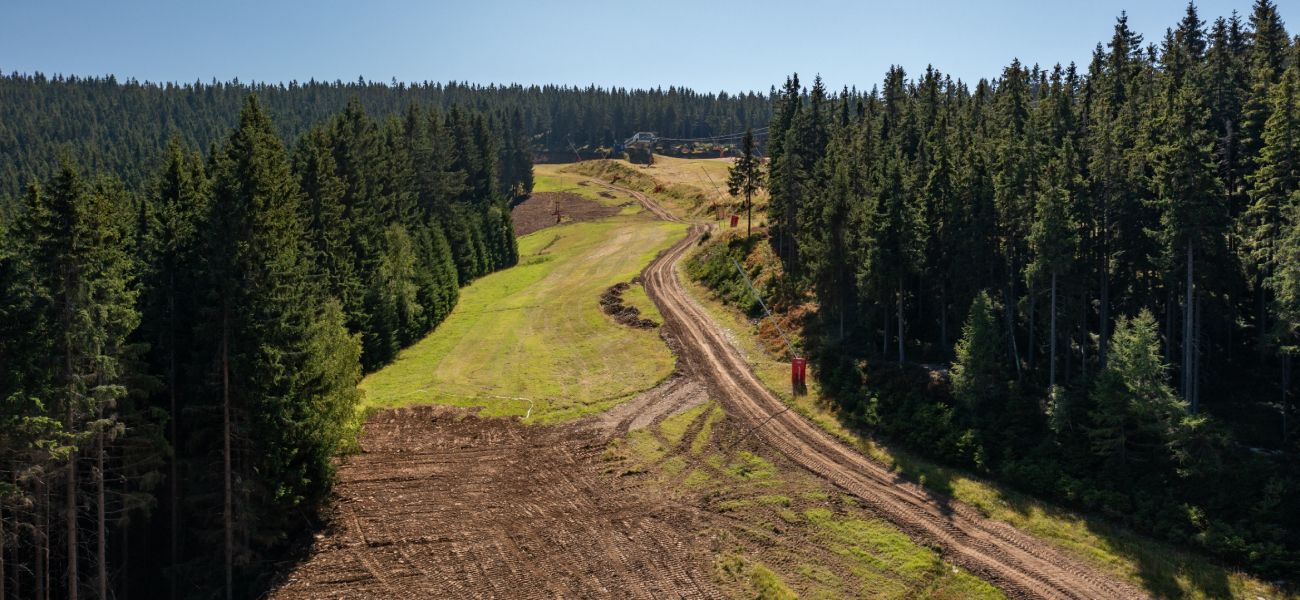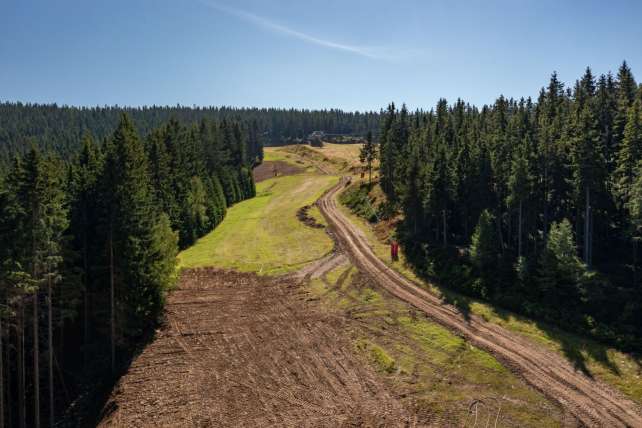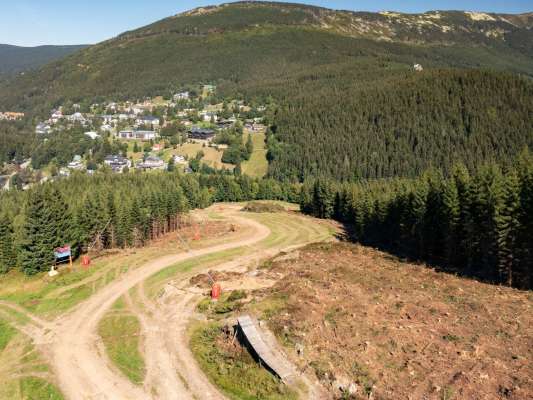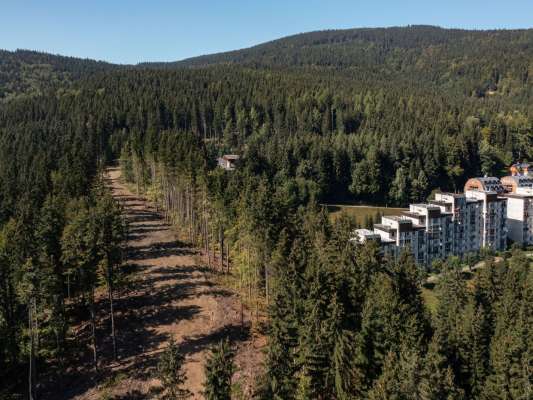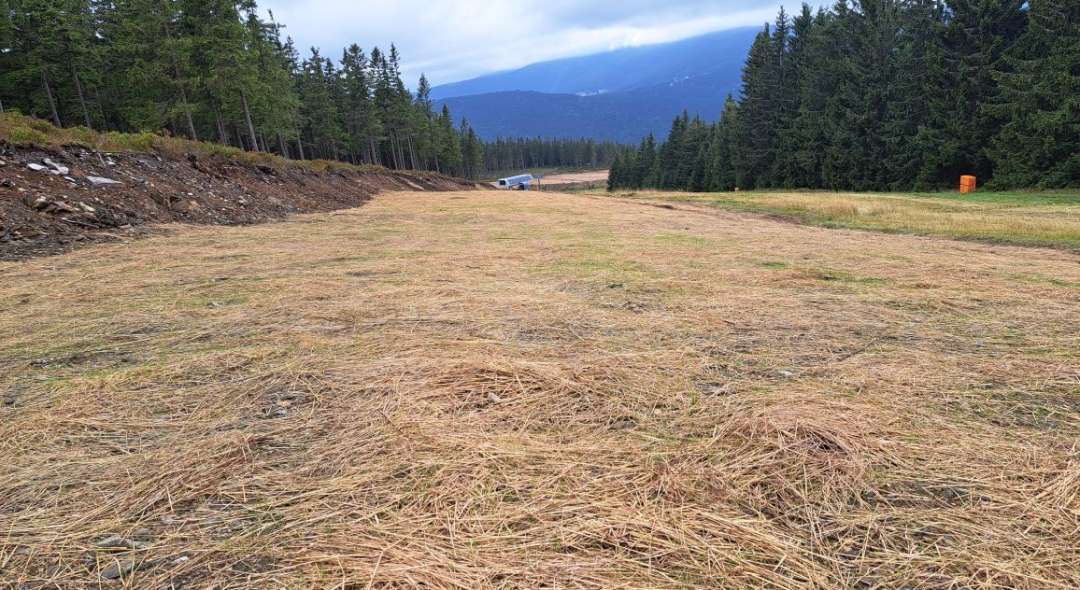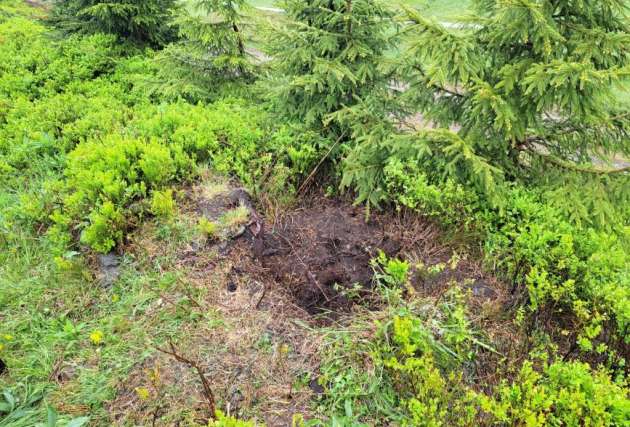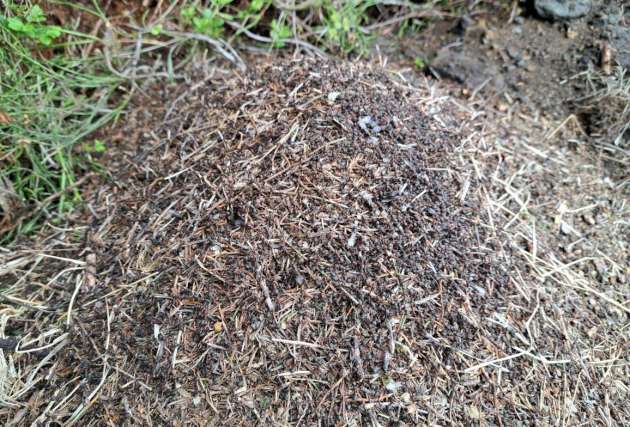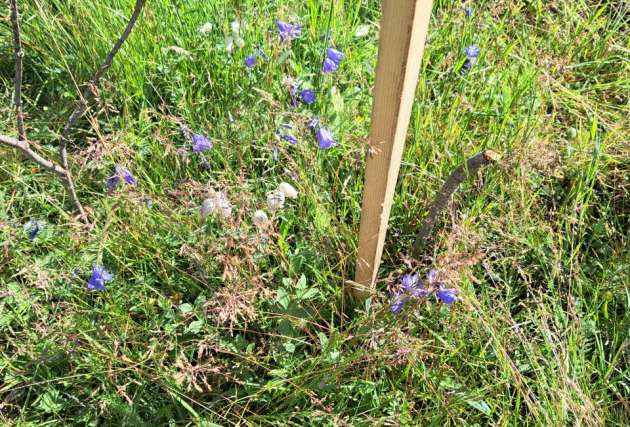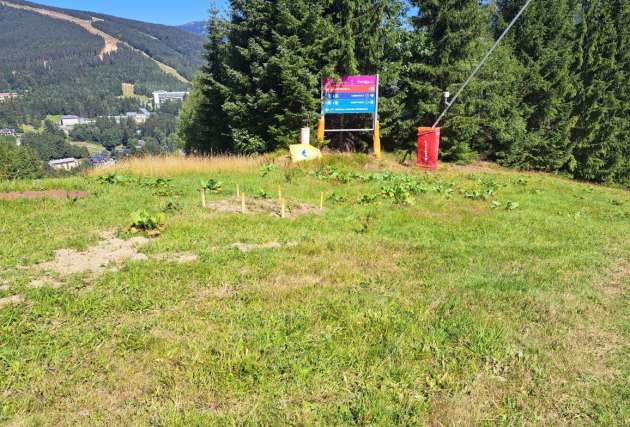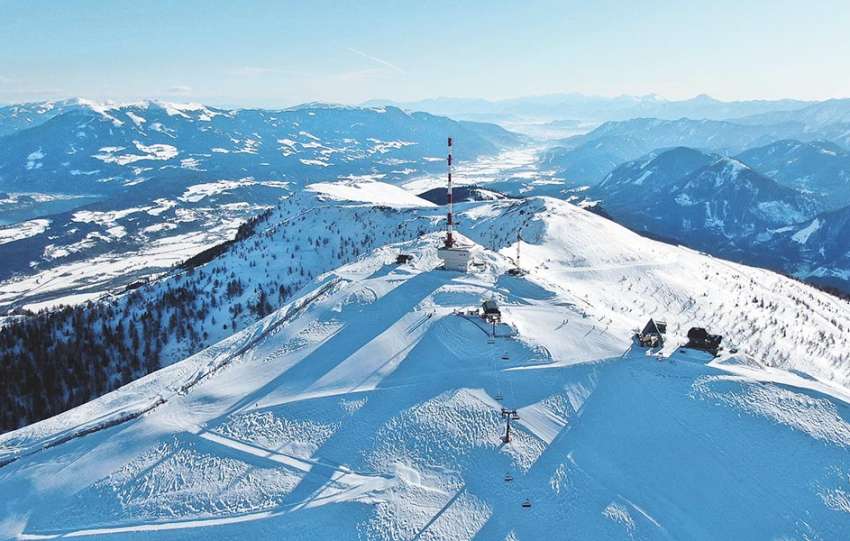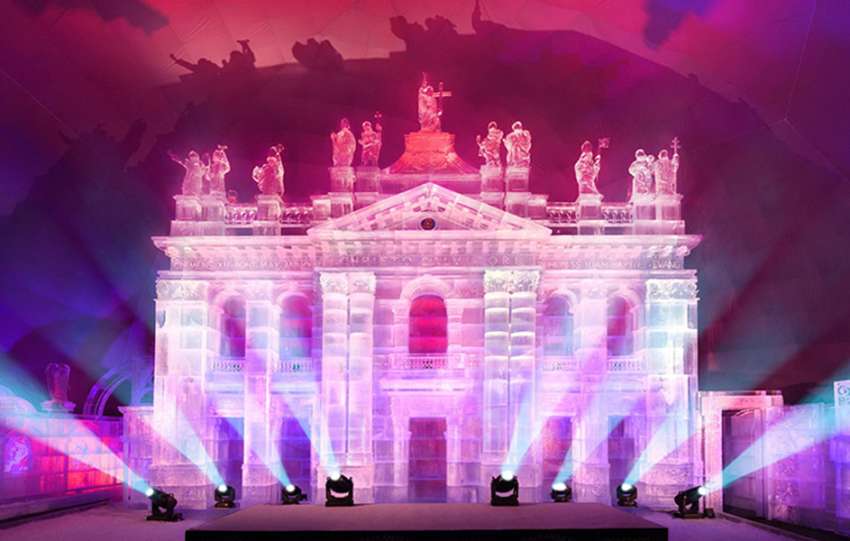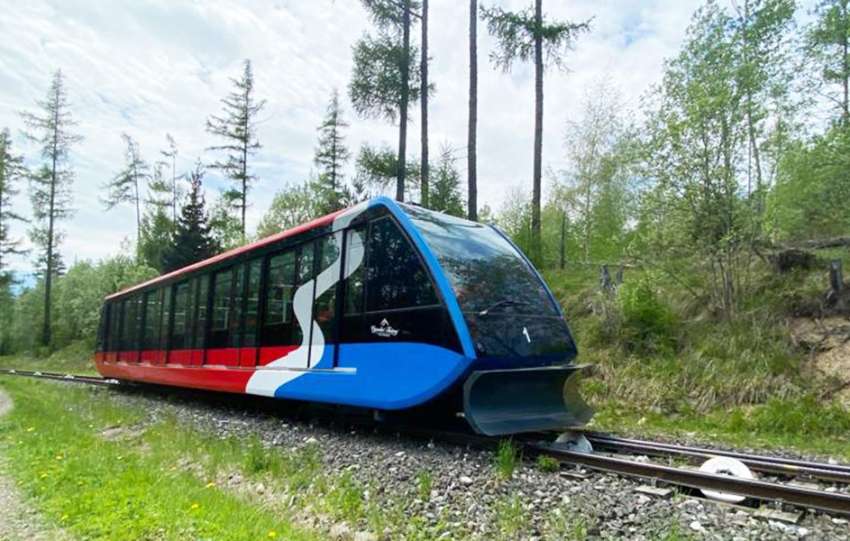Share This Article
We have already told you the great piece of news about two brand-new pistes in Špindlerův Mlýn.
But how is actually a ski piste created and what has to be followed in the process? Let’s look behind the scenes of the one and only project in the Czech mountains.
Nature protection
The key factor that influences the whole process is the fact the Špindlerův Mlýn ski resort is located in the Krkonoše National Park and its protective zone. That’s why all landscaping plans had to be discussed with representatives of the national park administration in advance. So in accordance with applicable laws, an environmental impact assessment (EIA) study had to be conducted and a version acceptable for all parties had to be found.
Nature protection comes first in our resort and we do our best to minimise the impact on nature. E.g. the area that had to be deforested was reduced by 60% when compared to the original plans and we fully respect all rules resulting from the EIA study when making individual steps.
René Hroneš, general manager of the Špindlerův Mlýn ski resort
Rules have to be followed
The first step on the way to a new and safe ski piste was all about the so-called slope stabilisation measures. It was actually “thinning” of the stands on the future pistes several months before. The aim was to make the remaining trees stronger and healthier as they had used to be in the middle of a forest but found themselves in open space after the deforestation and have to face more difficult weather conditions now. This process is carefully planned as well. When cutting down parts of the forest stands but also when widening sharp turns on the existing pistes, everything had to be co-ordinated with the spring and autumn tree growth. A special biological supervising team was there to oversee all slope stabilisation measures.
The deforested slope cleared of big rocks has to be shaped based on the approved project then. This is the phase when the final piste relief is created. Some sections were shaped by experienced ski resort employees and professional suppliers. In the so-called non-intervention zones where digging is not allowed, the form and the inclination of the slope remained almost unchanged. To keep the slope stable and to avoid erosion, horizontal drains are installed to drain water across the piste at regular distances.
Greening of the piste is the next step. Strict rules determined by experts of the national park administration have to be followed also in this case. Grass seeds were sown on the whole piste area and covered with mulch. The specific type always depends on the location and the altitude. As a result, some parts of the pistes are already covered with new grass.
Fiddly task
All the work related to the interconnection project of the northern and southern slopes of Špindlerův Mlýn is done by specialised companies in close cooperation with the ski resort staff, who are helped and supervised by nature protection authorities regularly. Construction machines were moving only along designated lanes not to damage the meadows where e.g. the so-called Bohemian Bellflower (Campanula bohemica) grows. And what happened when the conflict between technology and nature couldn’t be avoided? An ecologically sound solution could always be found. This included even replanting precious plants or moving an anthill to another location. All this was supervised by nature protection experts again, of course.
As you can see, building a top-modern skiing complex in the middle of nature is all about cooperation, looking for considerate compromises and careful planning. However, everybody will benefit from the result for a long time. Because this season’s changes as well as the future interconnection of both areas will guarantee not only higher comfort and better safety for skiers but also less cars in the town and a more ecological resort operation.
